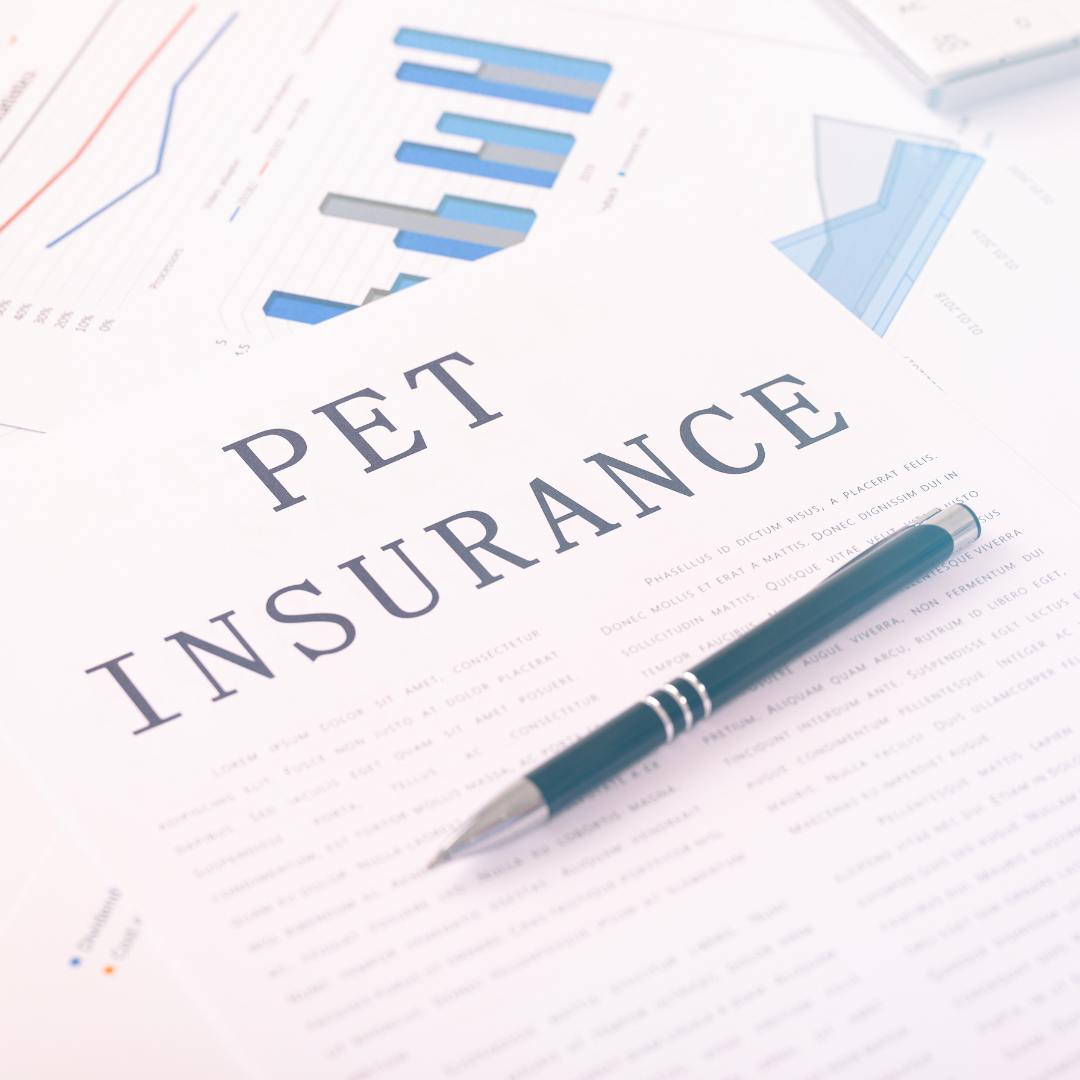From the article, there are many options for choosing what pet insurance policy is best for you. In this blog post, explore the types of insurance policies available, examine their pros and cons, and recommend which can be suitable for you as a pet owner.
Pet Insurance 101
When it comes to choosing the right pet insurance policy, there are a few things you need to keep in mind. Firstly, consider what kind of coverage your pet will need. Some policies offer general coverage, while others may only cover accidents or illnesses. Next, decide how much coverage you want. Some policies have minimums, while others go up to full coverage. Finally, be sure to read the fine print so that you understand exactly what is included in the policy and what is not.
How to Choose a Policy
There are a few things to keep in mind when choosing pet insurance:
- Size of the animal. Pets of different sizes require different levels of coverage. For example, a small dog might only need minimum coverage, while a large dog might need more comprehensive coverage.
- Age of the pet. Pets get sick and injured at different ages, so choosing an insurance policy that covers age-appropriate events is important.
- Pre-existing conditions. Many policies won’t cover pets with pre-existing conditions, including cancer or heart disease. Make sure to ask your agent about any exclusions or restrictions before deciding.
- Claims history. To ensure you’re getting the best possible deal, look into your pet’s claims history with previous insurers. This will give you an idea of how much your pet has already cost you in claims!
- Deductibles and limits on coverage. Be aware of the deductible and limits on the coverage your policy has, as these can vary significantly between policies. Make sure you understand what’s covered before purchasing a policy!
How much are pet insurance policy
When choosing a pet insurance policy, there are a few things to consider. The first and most important factor is the deductible. This is the amount you must pay out of your pocket before the insurance begins to cover expenses. The second thing to consider is the coverage. Some policies have comprehensive coverage, including routine care like vaccinations to emergency veterinary care. Other policies only cover specific emergencies, such as accidents or illness. The third thing to consider is the premium. This is how much you will be paying each month for the policy. Finally, ensure you know of any discounts available for pet owners with certain medical conditions or who purchased their policy within a certain period.
How to Save on Your Policy
When choosing a pet insurance policy, there are a few key things to consider. First, make sure the policy covers all of your pet’s medical costs, including routine care and surgery. Also, check the coverage for accidents and illnesses. Some policies include only veterinary care, while others include veterinary care and preventive health services such as vaccinations. Additionally, the coverage might include some expenses related to injuries caused by a pet. This might be important to consider as the insurance doesn’t usually seek to compensate victims of dog bites, for example. In cases where a person is injured by a dog, they may need to seek legal representation from a personal injury lawyer specializing in dog bite cases, like Schuerger Shunnarah Trial Attorneys (warforhou.com) for instance, to pursue compensation for their injuries and other damages. Finally, be sure to ask about discounts and rebates that may be available.
Best Practices for a Healthy Pet
Choosing the perfect pet is one of the most rewarding things you can do. However, taking care of a pet can be expensive, and accidents happen. That’s why it’s important to have pet insurance. Pet insurance can help cover unexpected costs related to your pet, such as vet bills or lost wages if your pet is injured or dies. Here are some tips for choosing a policy:
- Determine whether you need coverage for medical expenses or liability protection. Medical expenses cover costs like surgery and medications, while liability protection covers damage done by your pet that wasn’t caused by accident.
- Check the limits of the policy you’re considering. Some policies have very high limits, while others have lower limits that may not cover all your costs if an accident happens.
- Be sure to read the fine print carefully to understand what is and isn’t covered by the policy. For example, some policies exclude animals from their coverage if they are kept in a backyard or kennel attached to the home rather than inside.
- Consider asking your veterinarian which pets are eligible for coverage under their policy. Pets that live indoors only? Pets over a certain weight? Certain breeds? Certain ages? Pets with specific health problems?
- If you’re considering getting a puppy or young animal, be sure to factor in how much premiums will increase each year as your pet grows older and becomes more expensive to insure.
- Consider getting a policy with multiple layers of protection. For example, a policy may have liability coverage and medical coverage, both of which would cover your pet in the event of an accident.
Choosing the right pet insurance policy can be confusing, especially if you’re not familiar with all the different types of coverage and terms. In this article, we have outlined the main factors to consider when choosing a policy and provide tips for finding the best one for your needs.




